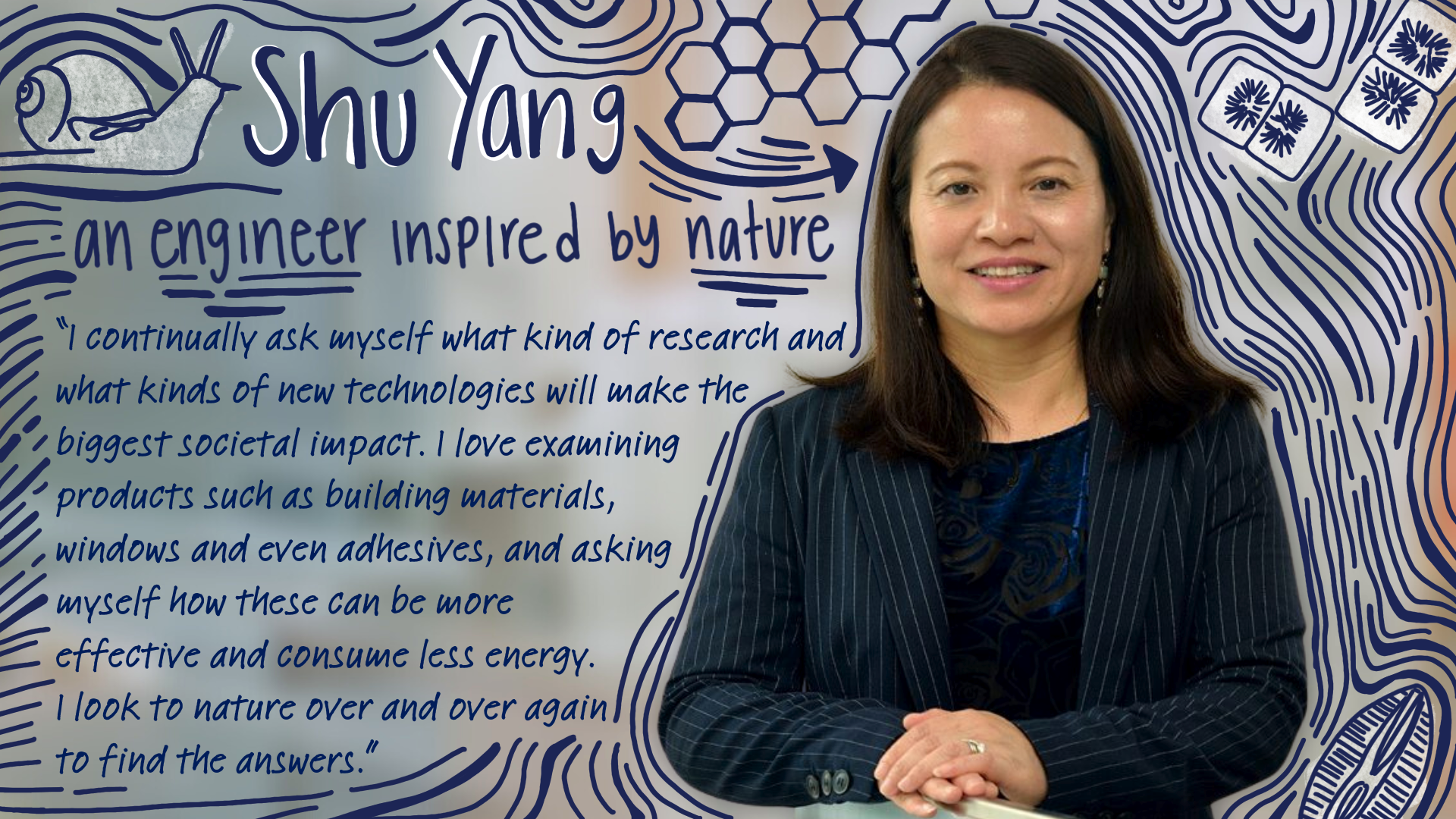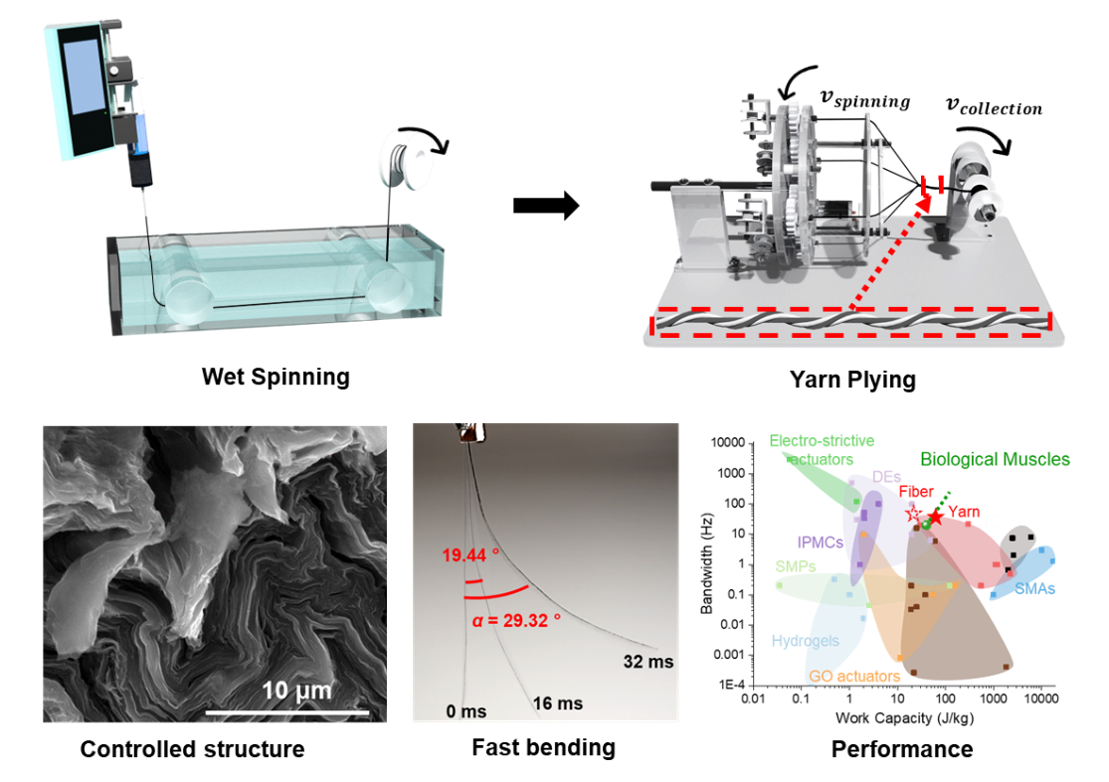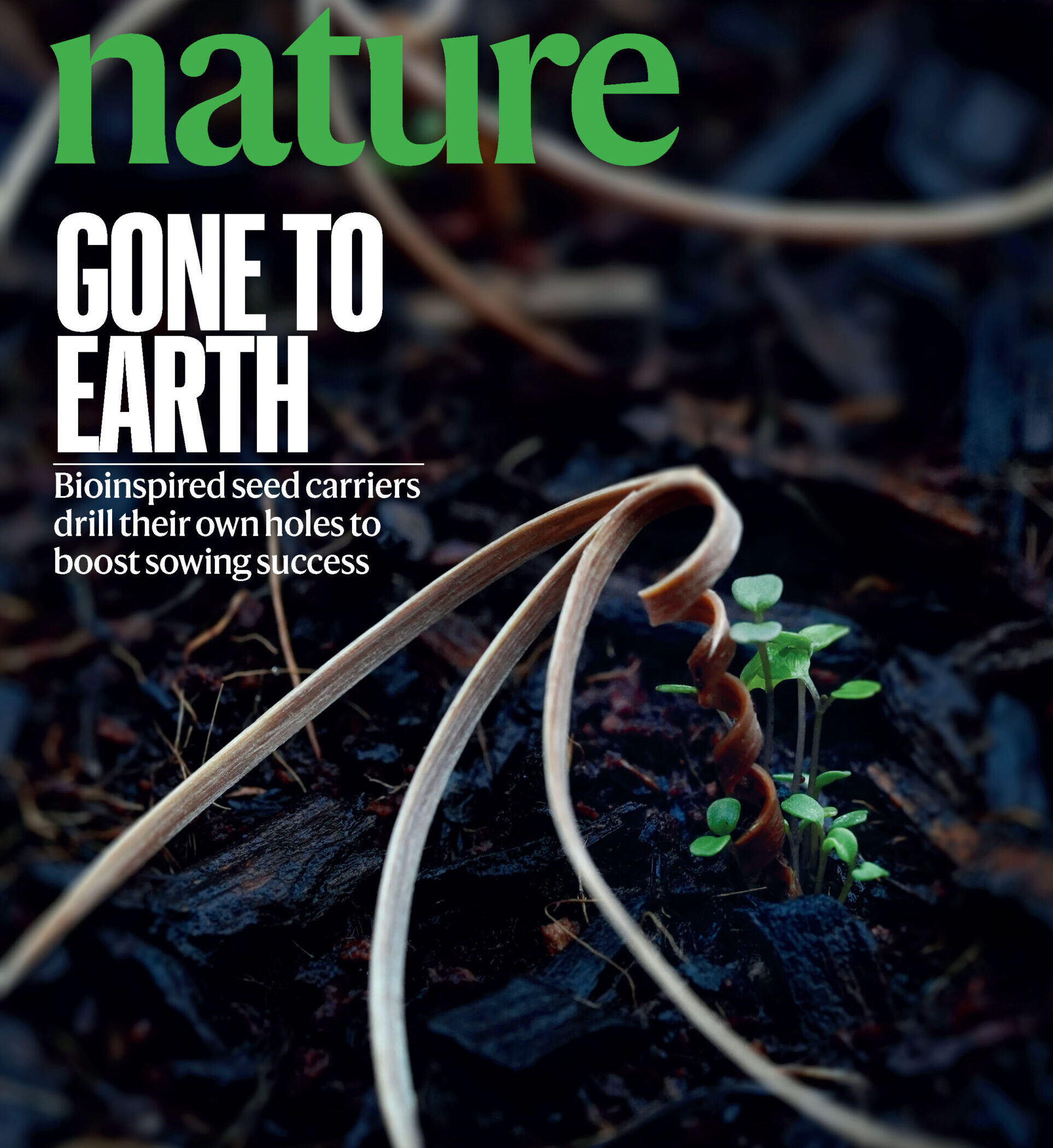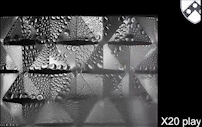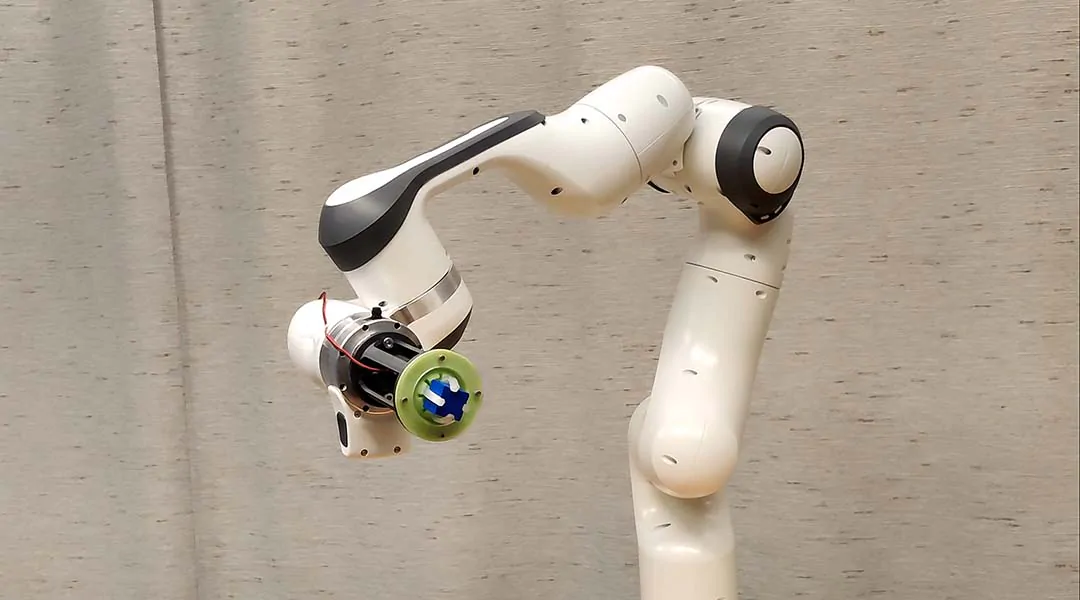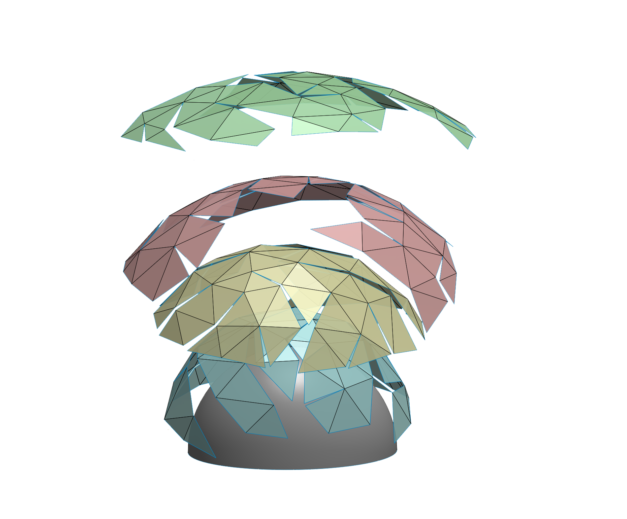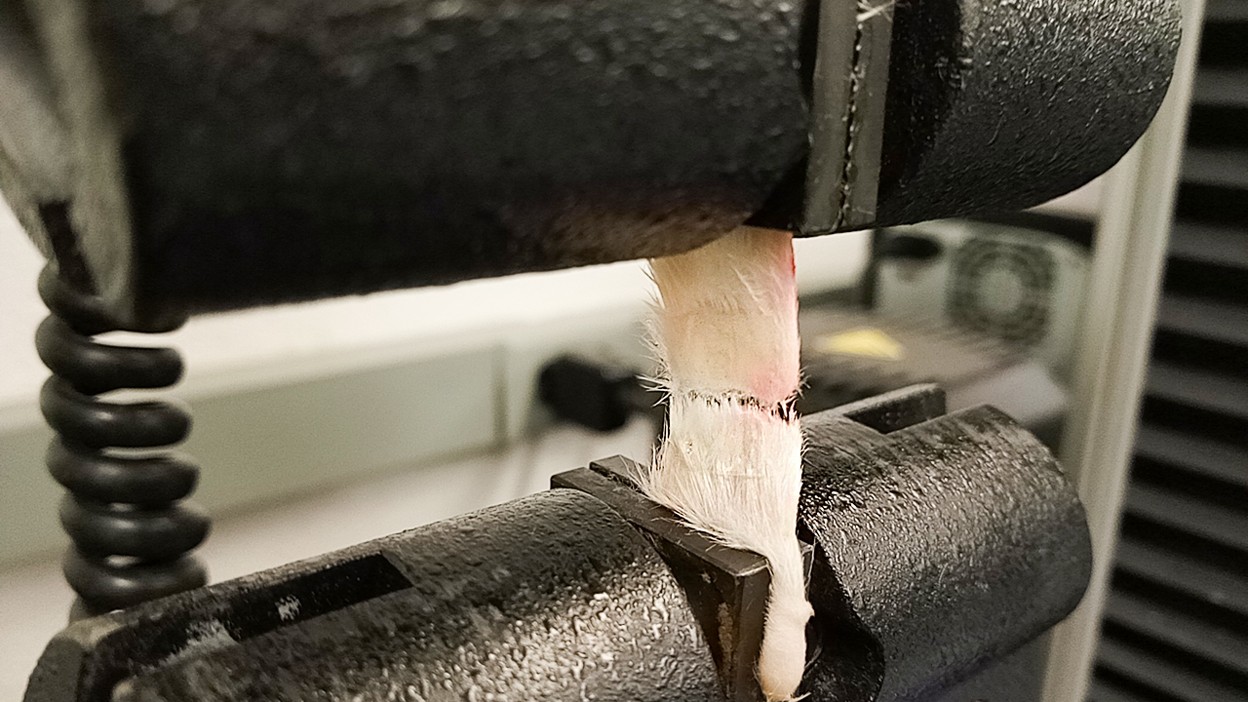Reducing energy consumption in wood-drying through innovations in desiccant-coated kirigami heat exchangers and heat pump
Drying is an essential part of the product manufacturing industry, which accounts for up to 25% of the national energy consumption of developed countries. With the support of the U.S. Department of Energy, researchers from Texas A&M University, University of Pennsylvania, University of Virginia and Michigan Technological University are teaming together to employ innovations in … Read more
